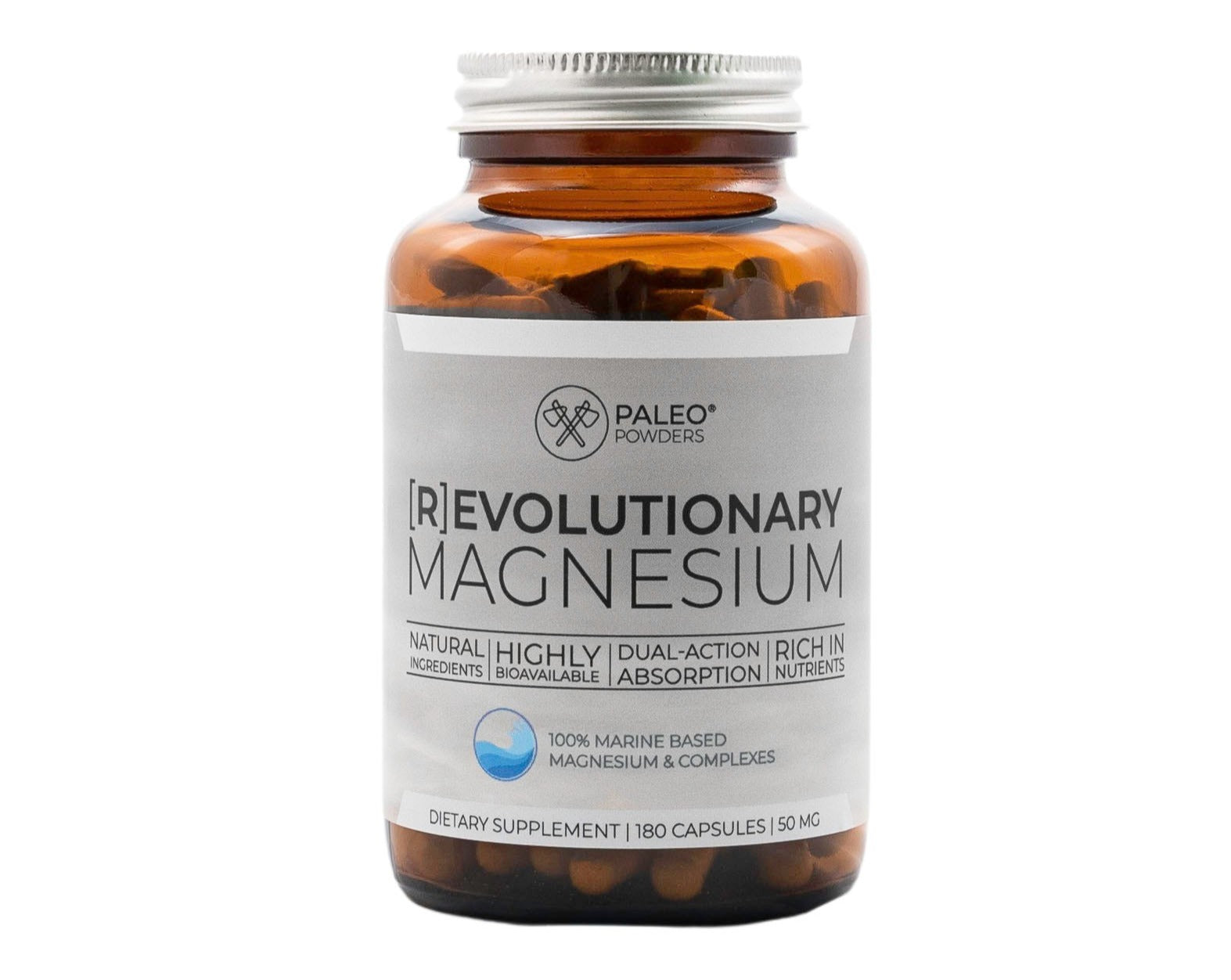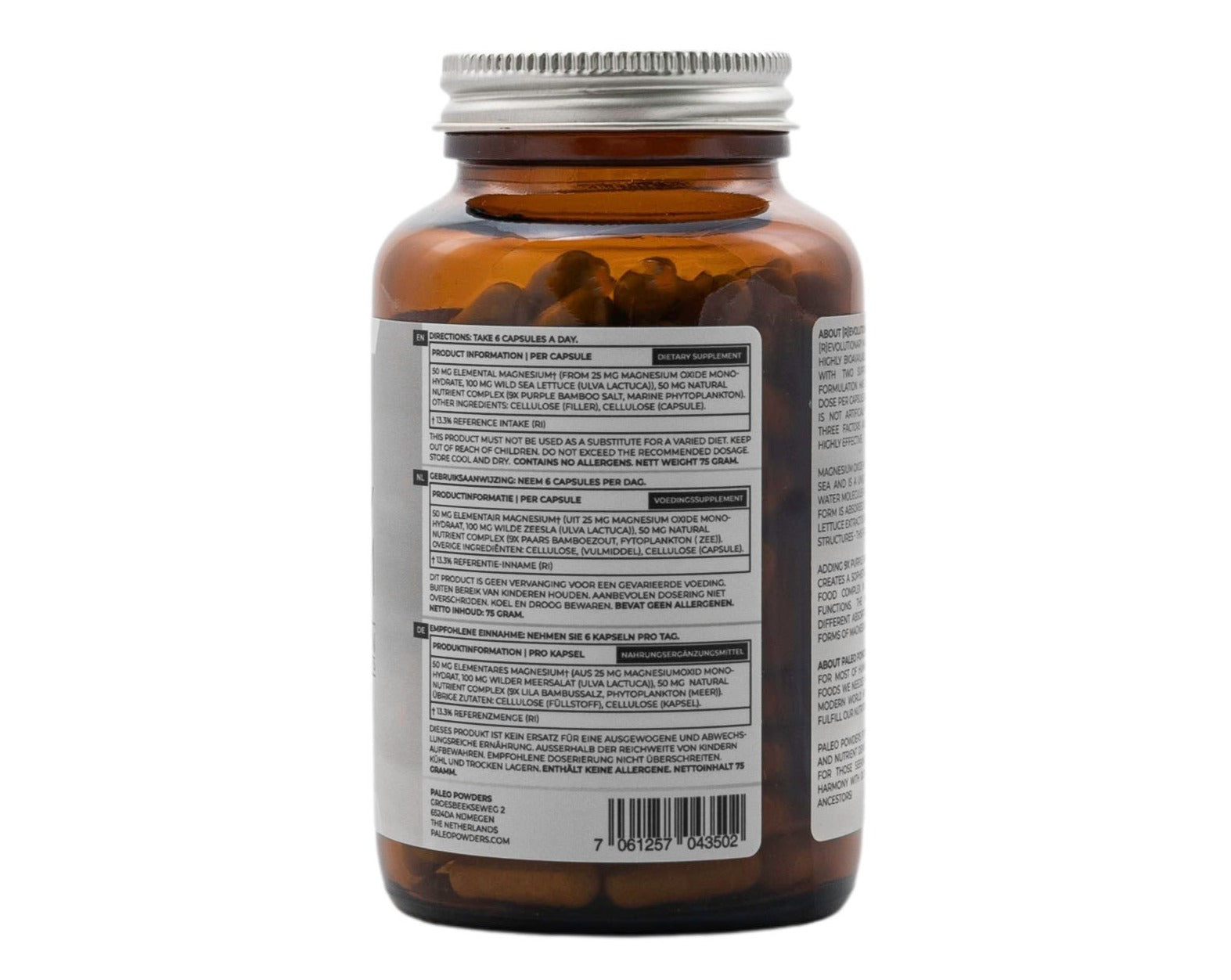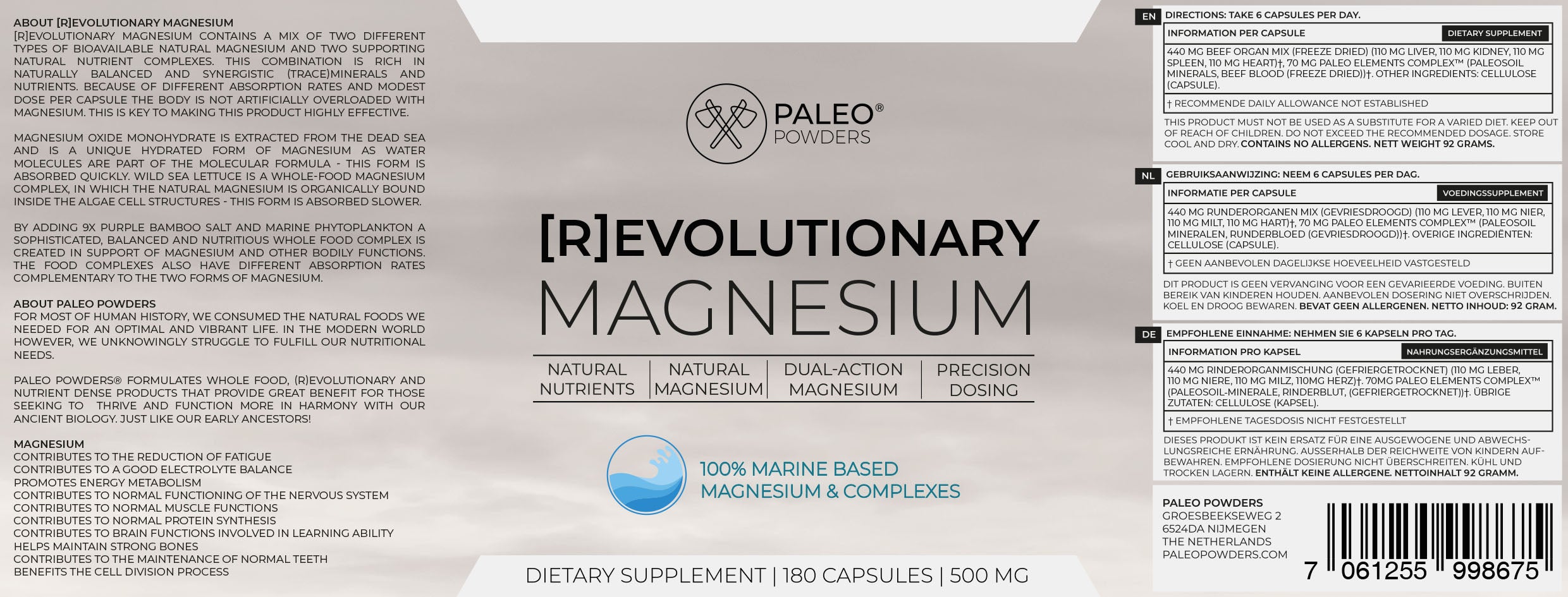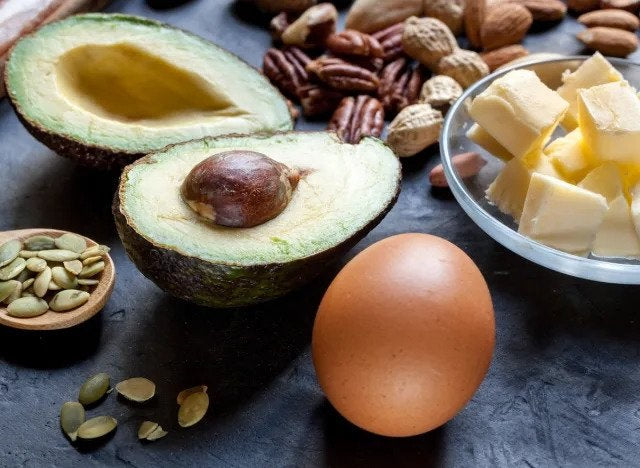
Wat is beef tallow?
Rundertalg of rundervet, ook bekend als beef tallow, is het meest waardevolle deel van het vet van de rund. Het wordt verzameld uit de vetlaag van runderen en wordt door middel van verhitting en koeling verwerkt tot een vast stof. Het was voor onze voorouders al een belangrijk onderdeel van hun dieet. Zij beschouwden dierlijk vet als het meest voedzame en nuttige deel van een dier, en het was de basis voor hun primitieve, gezonde voeding.
Maar wat maakt rundervet of beef tallow zo voedzaam?
Rundervet bevat verzadigde vetzuren, die voor ongeveer 50% uit moleculen bestaan zoals palmitinezuur en stearinezuur. Onze lichaamscellen hebben een hoge concentratie van deze verzadigde vetzuren nodig om goed te kunnen functioneren. Bovendien is grassfed beef tallow rijk aan onverzadigde vetzuren zoals linolzuur, arachidonzuur, oliezuur en alfa-linoleenzuur. Deze vetten bieden een matrix voor de vetoplosbare vitamines A, D, K en E, die voornamelijk in vette voedingsmiddelen zitten en in het lichaam opgeslagen kunnen worden.
Onze voorouders begrepen de waarde van rundervet en aten het regelmatig. Het was niet alleen een belangrijke bron van voeding, maar werd ook gebruikt voor koken, verlichting en zelfs als huidverzorging. Vandaag de dag wordt rundertalg misschien niet meer zo vaak gebruikt, maar het heeft nog steeds een speciale plaats in veel culturen en wordt beschouwd als een voedzame en veelzijdige voedselbron.
Tegenwoordig wordt rundervet misschien niet zo veel gebruikt als vroeger, maar het neemt nog steeds een speciale plaats in in veel culturen en wordt beschouwd als een voedzame en veelzijdige voedselbron. Tallow maakt een comeback en een nieuwe generatie mensen herontdekt de voordelen ervan. In Nieuw-Zeeland wordt rundervet van grasgevoerd vee beschouwd als een van de beste ter wereld. De grasgevoerde koeien grazen door de groene weiden van Nieuw-Zeeland en produceren talg dat niet alleen rijk is aan gezonde vetten, maar ook vrij is van schadelijke chemicaliën en gifstoffen.
Ook op het gebied van duurzaamheid staat Nieuw-Zeeland bekend om zijn inzet voor verantwoorde en ethische veehouderij. Het vee van het land wordt gefokt op grasland, wat niet alleen de gezondheid en het welzijn van de dieren ondersteunt, maar ook helpt om de natuurlijke omgeving te behouden. Dit zorgt ervoor dat de in Nieuw-Zeeland geproduceerde rundervet van de hoogste kwaliteit is en op een duurzame manier wordt geproduceerd.
Het voedingsprofiel van rundervet
Als het gaat om voedzaam voedsel, komt rundvet misschien niet meteen in je op. Als rundervet echter afkomstig is van grasgevoerde dieren, kan het ongelooflijk voedzaam zijn. Het macronutriëntenprofiel van rundervet bestaat voornamelijk uit vet. Het bevat geen koolhydraten of eiwitten en is 100% vet. Het grootste deel van het vet in rundervet is verzadigd vet. Om de samenstelling van het vet te begrijpen, volgt hier een overzicht van de vetzuren in rundervet:
|
Macronutrienten |
Per theelepel (calorieën) |
Per 100 gram (calorieën) |
|
Calorieën |
115 |
902 |
|
Koolhydraten |
0 g |
0 g |
|
Totaal vet |
12.8 g |
100 g |
|
Verzadigd |
6.4 g |
49.8 g |
|
Enkelvoudig onverzadigd |
5.4 g |
41.8 g |
|
Meervoudig onverzadigd |
0.5 g |
4 g |
|
Omega-3 |
0.08 g |
0.6 g |
|
Omega-6 |
0.4 g |
3.1 g |
|
Eiwit |
0 g |
0 g |
5 voordelen van het nemen van rundervet:
Rundervet is een veelzijdig ingrediënt dat tal van gezondheidsvoordelen biedt. Hier zijn een paar van de opvallende voordelen:
1. Bron van voedzame vetzuren: Rundervet is een rijke bron van verschillende soorten gezonde vetzuren, waaronder enkelvoudig onverzadigde vetzuren zoals palmitoleïnezuur, verzadigde vetzuren met lange ketens zoals palmitinezuur en stearinezuur, en natuurlijke transvetten zoals geconjugeerde vetzuren. linolzuur. Deze vetzuren spelen een cruciale rol bij het behoud van de gezondheid van het hart, de insulinegevoeligheid, de gezondheid van de huid en meer.
2. Boordevol vetoplosbare vitamines: Tallow bevat een groot aantal heilzame voedingsstoffen, waaronder vitamine A, D, E en K, die een rol spelen bij celgroei, ondersteuning van het immuunsysteem en bescherming door antioxidanten.
3. Ondersteunt efficiënte vetverbranding: wanneer je een vetrijk dieet hebt, past het menselijk lichaam zich aan door de vetverbranding te verhogen. Rundervet helpt om de bloedsuikerspiegel en het insulinegehalte laag te houden, waardoor het lichaam in de vetverbrandingsmodus kan blijven. Bovendien kunnen de vetzuren in talg het lichaam helpen opgeslagen vet als brandstof te gebruiken.
4. Beschermt tegen oxidatieve schade: Van de verzadigde vetten in rundervet is aangetoond dat ze cellen beschermen tegen verschillende vormen van stress, waaronder glycatie, oxidatie en opbouw van endotoxinen.
5. Voedend voor de huid: Rundervet biedt tal van voordelen voor de huid, zowel bij inname als bij plaatselijk gebruik. Veel mensen merken een verbetering van hun huidskleur na het verhogen van hun inname van talg of andere dierlijke vetten. Voor nog betere huidverzorgingsresultaten kun je talg ook rechtstreeks op je huid aanbrengen. De vetzuren die aanwezig zijn in talg, waaronder palmitoleïnezuur, palmitinezuur en stearinezuur, weerspiegelen nauw de samenstelling van talgolie in de huid.
Deze voordelen van rundervet maken het tot een voedzaam en veelzijdig ingrediënt voor elk gezond dieet.
Conclusie
Beef Tallow is de ultieme multitasker in de keuken en in je huidverzorgingsroutine. Het zit boordevol voedingsstoffen en gezonde vetten en helpt de vetverbranding te ondersteunen, beschermt tegen oxidatie en laat je huid stralen.
Dus de volgende keer dat je voor het dilemma staat of je moet kiezen tussen een smakelijke traktatie of een voedzaam ingrediënt, onthoud dan: met rundervet hoef je niet te kiezen! Het is de perfecte combinatie van lekker en voedzaam, waardoor je het beste van twee werelden krijgt.








